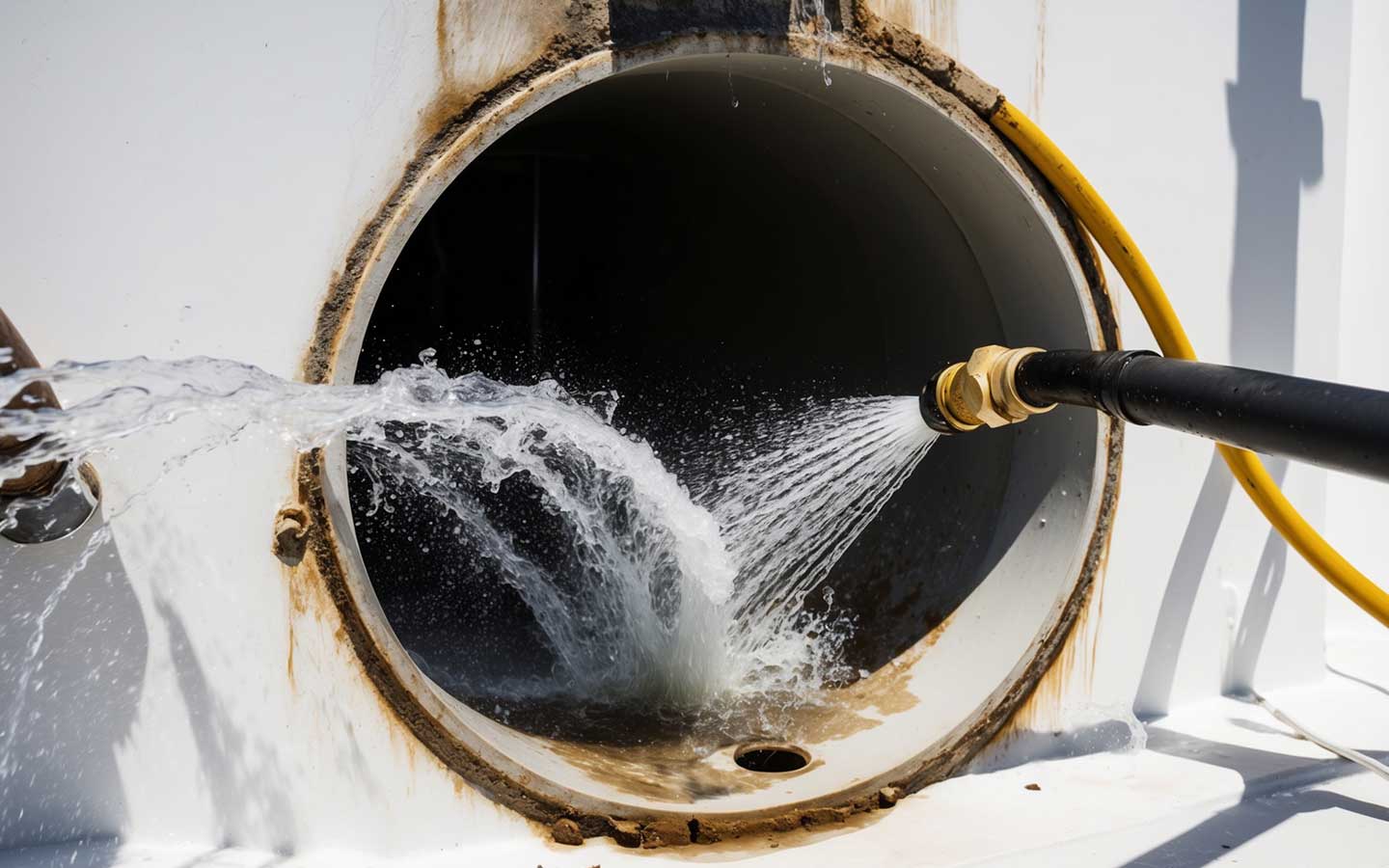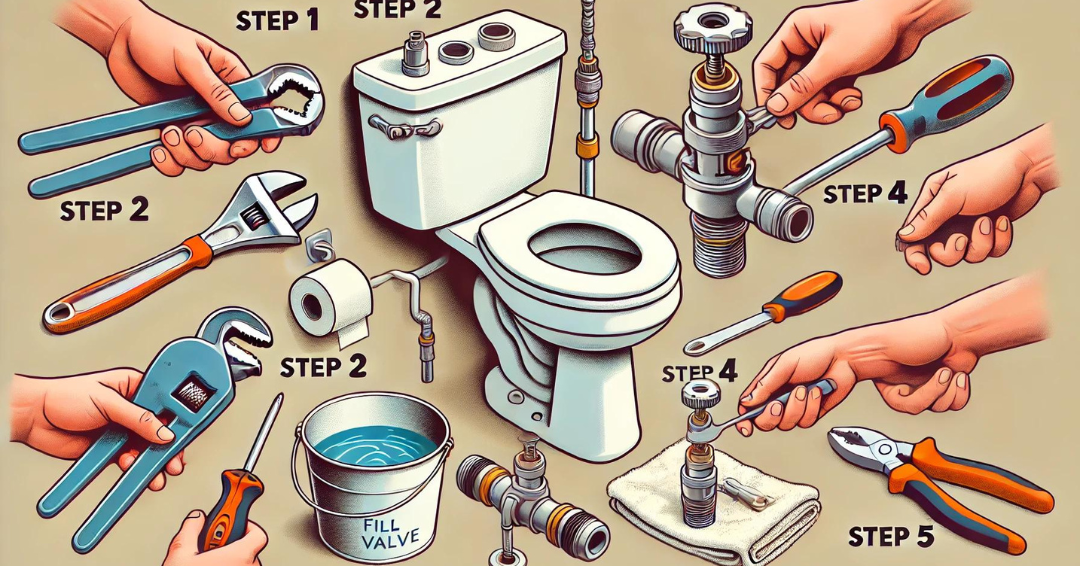What Is The 135 Rule For Plumbing In Coachella?
Introduction
When it comes to plumbing, most homeowners only think about it when something goes wrong. Whether it's a leaky faucet or a clogged drain, plumbing issues can be a real hassle. One important rule that every homeowner should know is the 135 Rule in Plumbing. This guideline helps ensure that your plumbing system operates efficiently and effectively, preventing costly repairs down the line. In this article, we'll dive deep into what the 135 Rule entails, why it's crucial for your home, and how you can implement it.
Understanding the 135 Rule in Plumbing: What Homeowners Need to Know
The 135 Rule in Plumbing is essentially a guideline for maintaining plumbing systems within residential properties. It pertains primarily to the layout and installation of pipes and fixtures. The rule states that for every 100 feet of horizontal run in your plumbing system, there should be no more than a 1% slope per foot of vertical rise. This means that if you have a horizontal run of 100 feet, your vertical rise cannot exceed 1 foot; hence the name "135 Rule."
Why Is the 135 Rule Important?
Maintaining proper drainage is essential for preventing clogs and backups. If the slope of your pipes is too steep or too shallow, it can cause waste material to settle within the pipe instead of flowing freely. This not only increases the chances of clogging but can also lead to more severe plumbing issues down the line.
Key Benefits of Following the 135 Rule:
How Does the 135 Rule Apply to Common Plumbing Systems?
Understanding where and how this rule applies can help homeowners make informed decisions regarding their plumbing setups.
Residential Drainage Systems
In most homes, drainage systems consist of various types of pipes leading from sinks, showers, and toilets to sewer lines or septic tanks. By adhering to the 135 Rule when installing or remodeling these systems, homeowners can prevent many common issues.
Example: Kitchen Sink Installation
If you're installing a new kitchen sink, plumber near me https://anthemcv.com/drain-cleaning/ https://anthemcv.com/residential-plumbing/ consider its distance from existing plumbing lines:
- For example, if your kitchen sink is 50 feet away from the main drain line:
- Ensure that for every foot of vertical rise (if any), you maintain no more than a half-foot horizontal run.
Sewer Lines vs. Septic Systems
The application may differ slightly between sewer lines connected to municipal systems and septic tanks:
- Sewer Lines: Often have specific codes governing slopes.
- Septic Systems: Requires careful consideration due to soil absorption rates.
Common Misconceptions About Plumbing Slope Rules
Plumbing Isn't Just About Gravity
Many people assume that gravity alone will take care of waste disposal through pipes; however, improper slope can lead to significant complications.
"More Slope Equals Better Flow" Myth
One prevalent myth is that increasing slope improves flow speed. But as mentioned earlier, too steep a slope can result in waste moving too quickly without adequate water flow—leading to blockages.
Identifying Problems Related to Incorrect Slope Settings
Recognizing signs early on can save you money and stress later:
Signs You May Have Slope Issues:
- Frequent clogs
- Slow-draining sinks
- Gurgling noises from drains
- Unpleasant odors emanating from pipes
What Should You Do If You Suspect an Issue?
What To Expect From Professional Plumbing Repair Services?
When engaging professional services for plumbing repairs:
DIY vs Professional Help: When To Call A Plumber?
While some minor repairs might be DIY-friendly (like unclogging a sink), others require expertise:
DIY Tasks That Are Safe:
- Replacing faucet washers
- Unclogging small drains with natural solutions
When To Call A Plumber:
- Major leaks
- Sewer line back-ups
- Complex installations
Regular Maintenance Tips for Your Plumbing System
Taking proactive steps ensures long-term functionality:
Routine Inspections
Schedule annual check-ups with professionals specializing in “ plumbing near me”.
Drain Cleaning
Consider hiring services experienced in drain cleaning at least once every year.
Table: Annual Maintenance Checklist
| Task | Frequency | |------------------------------|----------------| | Inspect exposed pipes | Annually | | Clean out drains | Every six months | | Check water pressure | Annually |

The Importance of Proper Materials in Plumbing Installations
Using quality materials affects how well plumbing adheres to rules like the 135 Rule:
Pipe Materials Matter
Different materials (PVC vs copper) have varying degrees of flexibility and durability affecting overall performance.

FAQs About Understanding the 135 Rule in Plumbing
Q1: What happens if I don’t follow the 135 Rule?
Not following this guideline can lead to serious drainage issues like frequent clogs or backups needing costly interventions.
Q2: Can I adjust my existing plumbing setup?
Yes! Consult professional plumbers who can assess current layouts against local code requirements before making changes.
Q3: How do I know if my slope is correct?
A simple level tool could indicate whether you're achieving proper angles—however consulting with professionals remains advisable!
Q4: How often should I clean my drains?
For optimal performance, consider cleaning them at least once yearly—more frequently if you notice slow draining!

Q5: Are there preventative measures I should take?
Absolutely! Regular maintenance checks by reputable plumbing repair services keep minor issues from escalating into major headaches!
Q6: Why hire professionals instead of doing it myself?
Professional plumbers bring experience ensuring compliance with all necessary guidelines while helping avoid mistakes common among DIY enthusiasts!
Conclusion
Understanding the 135 rule in plumbing isn't just another technical detail; it's essential knowledge for effective home maintenance! By adhering to this guideline alongside regular inspections and preventative measures tailored specifically for your property’s needs—you're ensuring both efficiency & longevity within your home's system!
So next time someone asks what they need to know about correct drainage practices—or where they can find reliable “ plumbing repair services”—you’ll be ready with answers! Plus, always remember that addressing problems early saves lots of time—and money—in future repairs!